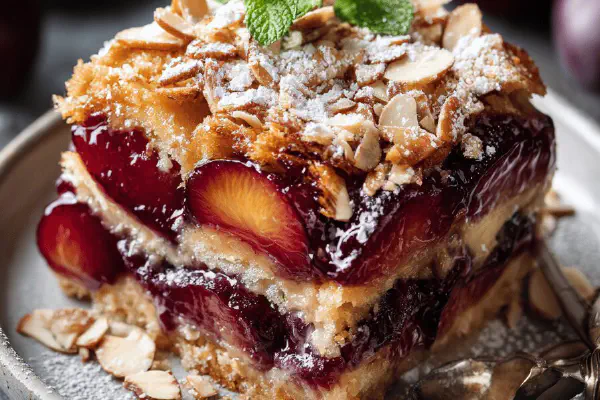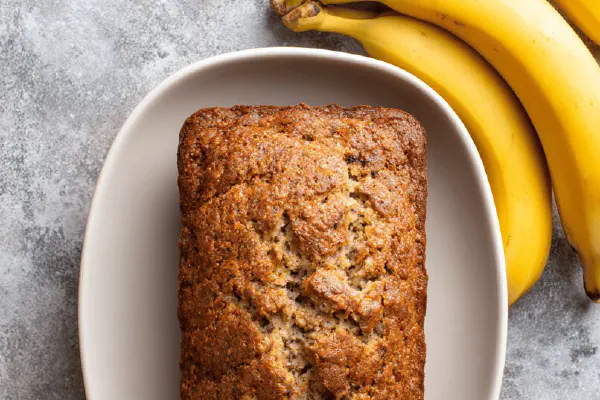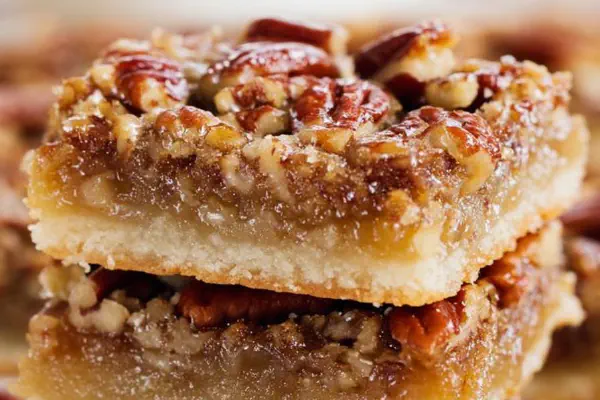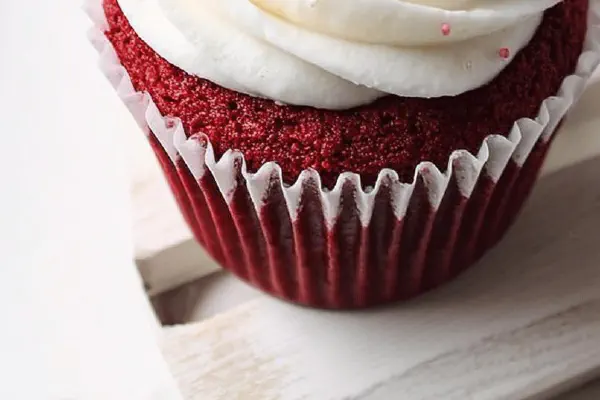Four Fruit Pudding
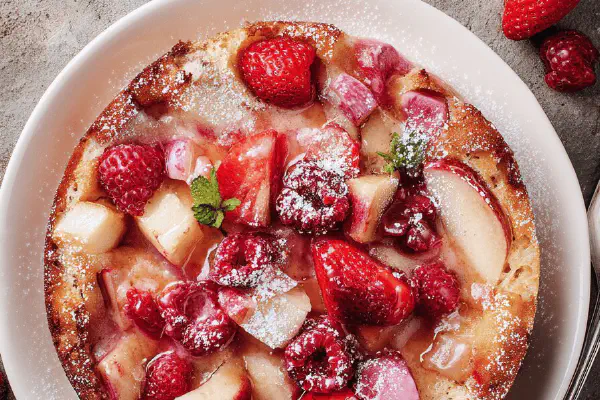
By Emma
Certified Culinary Professional
Ingredients
Fruits
- 240 ml (1 cup minus 1 tbsp) granulated sugar
- 5 ml (1 tsp) arrowroot powder
- 500 ml (2 cups) fresh quartered strawberries
- 480 ml (2 cups less 1 tbsp) fresh raspberries
- 500 ml (2 cups) fresh sliced rhubarb
- 2 medium Cortland apples peeled and cubed
- Zest of 1 lemon (added twist)
Pudding batter
- 250 ml (1 cup) all-purpose unbleached flour
- 6 ml (1¼ tsp) baking powder
- 1 pinch of salt
- 60 ml (¼ cup) unsalted butter softened
- 120 ml (just under ½ cup) granulated sugar
- 1 large egg
- 60 ml (¼ cup) plain Greek yogurt (substituted milk)
- 2.5 ml (½ tsp) pure vanilla extract
About the ingredients
Method
Fruits
- In a large heavy-bottom saucepan, toss sugar, arrowroot powder, lemon zest. Add fruit. Mix gently but thoroughly. Heat medium-low, stirring often enough not to let the bottom scorch but not full stirring frenzy – you want fruit softening, juices releasing. Watch carefully as mixture simmers and starts to bubble; that’s when fruit breaks down and aroma fills kitchen. Remove from heat as soon as juices thicken slightly, about 6 to 8 minutes. Avoid overcooking or fruit turns to mush. Divide fruit evenly into six 375 ml ramekins or one 2-liter baking dish. Don’t skimp on fruit layer, you want it juicy and substantial.
Pudding batter
- Position oven rack mid-level. Preheat oven to 175 °C (350 °F) – slight drop helps even bake and avoids dry top.
- Whisk flour, baking powder, salt in medium bowl. Set aside.
- In a large bowl, beat butter and sugar vigorously with electric mixer until light, fluffy, and pale – about 3 minutes. Skip this, batter turns dense. Add egg, mix until thoroughly combined, looks smooth and glossy.
- Fold in flour mixture alternately with Greek yogurt and vanilla extract, in batches. Start and end with dry ingredients. Mix low speed or fold by hand if needed; prevents gluten overdevelopment. Batter should be thick but spreadable.
- Spoon or gently spread batter evenly atop fruit in each ramekin. Cover entire surface but avoid pressing down – want a tender crust, not dense cake. Place ramekins on a baking sheet to catch any bubbly, sticky overflow.
- Bake 42 to 47 minutes, watch closely after 40 minutes. Visual checks: top should be golden, not burnt; edges pulling slightly from ramekin; batter risen and firm to touch but not dry. Insert a toothpick near center – should come out with a few moist crumbs, never wet batter.
- Remove from oven, cool slightly before serving. Fruit ought to bubble through sides and top crust should have a delicate crackle. Accompany with cream or vanilla ice cream if you like, but can be served as is – it’s tangy and fresh enough to stand alone.
- If using one large baking dish, expect total bake time closer to 58 to 63 minutes. Same indicators apply. Adjust rack position lower if top browns too quickly.
- Fruit substitutions or alterations? Blueberries, blackberries, or even diced peaches work fine, adjust sugar slightly to accommodate sweetness. If frozen fruit is your option, thaw and drain to avoid excess liquid, then reduce arrowroot by half.
Cooking tips
Chef's notes
- 💡 Sugar amounts matter. Too much hides fruit tartness, too little leaves bland juice. Adjust after fruit chosen; frozen needs less sugar. Arrowroot holds gel better than cornstarch; reduces cloudiness. Watch heat medium-low. High heat burns fruit bottom, no good. Timing the simmer around 6 to 8 minutes gets juices thick not mushy; listen for bubbling sound changes—less aggressive, crackling maybe. Avoid stirring frenzy; fruit chunks stay intact longer.
- 💡 Butter softened not melted; important for aeration. Beat sugar and butter until pale and fluffy—3 minutes minimum. No short cuts here or batter stiffens, crust toughens. Add egg fully mixed before folding flour. Alternate dry and wet ingredients gently. Keeps gluten thin, crumb tender. Batter thick but easily spread. Use spatula not spoon. Pressing batter down kills fruit juice pockets beneath, batter must float like a cushion.
- 💡 Fruit layer distribution often underestimated. Use deep ramekins to keep fruit juicy beneath. Too thin fruit layer dries out, thick fruit stops heat penetrating and delays bake. Wide large baking dish needs longer bake time 58 to 63 minutes; edges pull slightly from sides. Cover with foil if browning too fast. Fruit juices should visibly bubble up edges and crackling top appears. Those sensory cues guide doneness better than timer alone.
- 💡 Substitutions: frozen fruit drains well to reduce liquid; if not, cut arrowroot by half or risk runny pudding. Apple types matter too; Cortland or Granny Smith hold shape, sweeter apples risk mush. Vanilla extract adds complexity but don’t overdo, it can mask lemon zest brightness. Greek yogurt instead of milk thickens batter, adds tang and finer crumb. Can try flax egg but crust texture changes noticeably. Baking powder double-acting helps lift but not mandatory.
- 💡 Cooling after bake helps juices settle. Ten minutes minimum. Hot pudding fragile so careful transferring. Serve with cream or vanilla ice cream if wanted but goes well alone. Watch edges crack gently and color shifts from shiny to matte crust, subtle but telling. Run toothpick near center. Picks up moist crumbs, never wet batter. Visual and tactile checks are best doneness signals. Oven temps lie, so look closely around 42 to 47 minutes rather than trusting clock.
Common questions
How to know fruit is cooked?
Bubbles slow down. Fruit breaks down gently. Juices thicken but fruit chunks remain. Aroma fills kitchen. About 6 to 8 minutes simmer. Too long mushy, too short too firm. Stir just enough to avoid scorch but not constant or fruit falls apart.
Can I use frozen fruit?
Yes but drain well or pudding too runny. Cut arrowroot by half or results get watery. Frozen fruit also less firm, expect softer texture. Still try adding lemon zest for fresh note. Adjust sugar down slightly; frozen berries often sweeter.
What if batter too dense?
Usually butter not fluffy or overmixing flour develops gluten. Beat butter and sugar long enough, fold flour gently alternating with yogurt and vanilla. Thicker batter spreads better without pressing flour down. Butter softened, not melted, key. Avoid rushing steps.
How to store leftovers?
Cover well, fridge best. Keeps texture overnight still good. Reheat gently, avoid microwave explosion; use low oven or steamer. Freeze carefully by portion to keep smooth texture later. Fruit layer may separate a bit but reheats fine. Consume within 2 days best.
